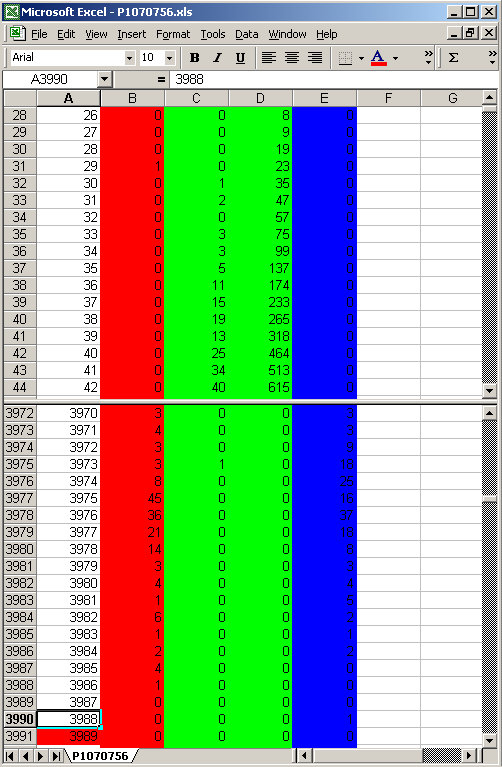Jorgen Udvang
Subscriber Member
I'm kind of a slow person, and it has taken me almost a year to really start liking the GH1. But now when I do like it, I really prefer it to my other cameras, even a day like yesterday, when I was carrying almost 3 kilograms of D300 with 80-200 AF-S from my belt. It became unused to a degree that I forgot that it was there, and almost sat on it on several occasions.
To be completely honest, I don't even think about the EVF anymore as being different from an OVF. I just use it. It does get a bit problematic when I try to get the menus up in the viewfinder of the D300, but that's because I'm old and my brain is slowly fading away, right?
There is obviously potential for improvement, particularly in the ergonomics department, but that can be said for most cameras, particularly the smaller ones. High ISO could be better also, but it's really not a big problem. I rarely take photo of the inside of my lens cap anyway, and my hands are, unlike the previously mentioned brain, still rather steady.
The only thing that really worries me is the dynamic range. It's limited, which I expected, but what is even more problematic is that the blue channel seems to clip way later than the others, giving a cyan cast around highlights, particularly when the gradient to the blown area is subtle.
In the photo below, which has some extreme contrasts, this becomes very visible in the sky. By making an interesting S-shape in "Curves", I managed to pull out a lot of detail in the shadows and also make the blown sky less blown, but the cyan cast is still there, very obviously so too, and a complete fix would require some elaborate post processing.
It would be interesting to hear what people do to get around these challenges with 4/3 and m4/3 cameras. That way we may all be able to improve the results from our cameras.
GH1 with Pana 7-14 @ 7mm and f/5.0. Does anybody know how much heat the front element can take before the coating starts melting away?

For those of you who haven't yet bought the Panasonic 7-14mm: Just buy it. Sell your car or your wife or a kidney and buy it. It's that good. And if you aren't able to take good photos with it, just the pleasure of comparing size and weight when you meet somebody with a Nikon D3 and 14-24mm is worth the money :ROTFL:
To be completely honest, I don't even think about the EVF anymore as being different from an OVF. I just use it. It does get a bit problematic when I try to get the menus up in the viewfinder of the D300, but that's because I'm old and my brain is slowly fading away, right?
There is obviously potential for improvement, particularly in the ergonomics department, but that can be said for most cameras, particularly the smaller ones. High ISO could be better also, but it's really not a big problem. I rarely take photo of the inside of my lens cap anyway, and my hands are, unlike the previously mentioned brain, still rather steady.
The only thing that really worries me is the dynamic range. It's limited, which I expected, but what is even more problematic is that the blue channel seems to clip way later than the others, giving a cyan cast around highlights, particularly when the gradient to the blown area is subtle.
In the photo below, which has some extreme contrasts, this becomes very visible in the sky. By making an interesting S-shape in "Curves", I managed to pull out a lot of detail in the shadows and also make the blown sky less blown, but the cyan cast is still there, very obviously so too, and a complete fix would require some elaborate post processing.
It would be interesting to hear what people do to get around these challenges with 4/3 and m4/3 cameras. That way we may all be able to improve the results from our cameras.
GH1 with Pana 7-14 @ 7mm and f/5.0. Does anybody know how much heat the front element can take before the coating starts melting away?

For those of you who haven't yet bought the Panasonic 7-14mm: Just buy it. Sell your car or your wife or a kidney and buy it. It's that good. And if you aren't able to take good photos with it, just the pleasure of comparing size and weight when you meet somebody with a Nikon D3 and 14-24mm is worth the money :ROTFL:







